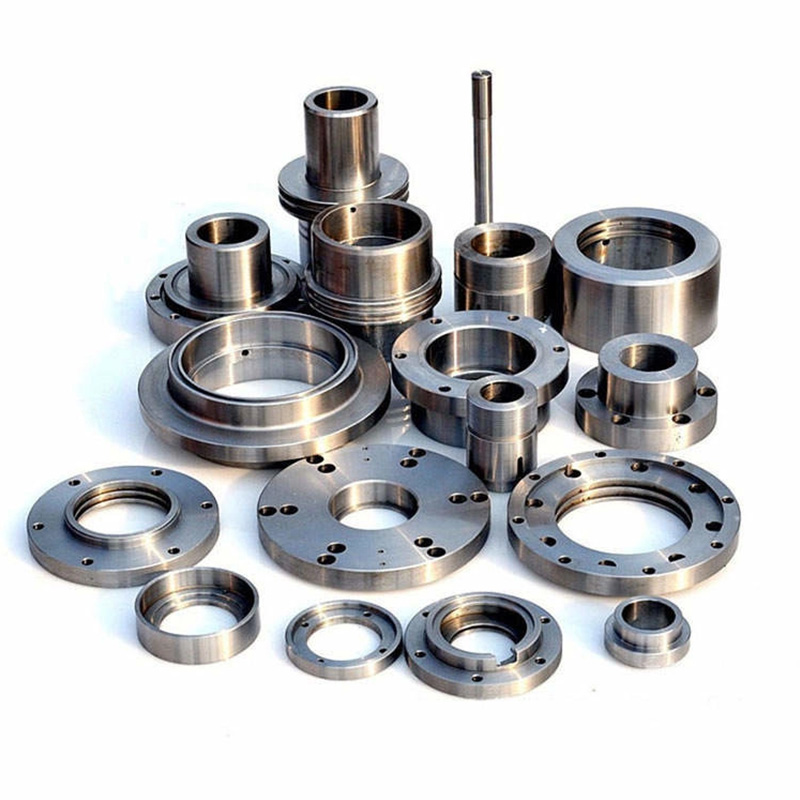Introduction: The Precision Revolution in Manufacturing
Ever struggled with inconsistent metal parts or blown budgets on manual labor? Traditional fabrication often falls short. That’s where CNC Metal Fabrication shines. This computer-controlled process eliminates human error. Actually, it’s reshaping aerospace, automotive, and medical industries right now. Let’s explore why.
What Makes CNC Metal Fabrication Special?
Unlike manual methods, CNC (Computer Numerical Control) uses programmed software to operate machinery. Think laser cutters, mills, and lathes. The secret? Digital designs guide every cut. For example, a CAD file becomes real metal components with micron-level accuracy. Pretty cool, right?
6 Amazing Benefits of CNC Metal Fabrication Today
1. Microscopic Precision & Repeatability
Human hands can’t match CNC accuracy. Tolerances hit ±0.001 inches (SME Journal, 2023). We produced 500 identical aerospace brackets last month – all perfect. This precision reduces waste significantly.
2. Speed That Beats Manual Work
A CNC router cuts complex shapes in minutes. Manual methods take hours. Automakers like Toyota report 70% faster prototyping (FMA 2024). Plus, machines work 24/7 without coffee breaks!
3. Surprisingly Lower Costs
High upfront cost? True. But long-term savings crush manual labor. One setup runs 1,000 units. You save on overtime and material errors. Our client saved $18k/month by switching.
4. Flexibility for Complex Designs
Need curved titanium parts? No problem. CNC handles 3D contours manual shops can’t. Medical implant manufacturers love this. Change designs in software – no hardware adjustments.
5. Enhanced Safety & Consistency
Operators manage machines from a distance. Fewer injuries! Also, every part matches specs. Boeing found 99.8% consistency in CNC aircraft components. Manual? Just 92%.
6. Future-Proof Material Mastery
From aluminum to titanium alloys, CNC doesn’t blink. Specialized tooling adapts in seconds. We even machined graphene-infused steel last quarter. Manual shops lack this versatility.
CNC vs. Traditional Fabrication: Head-to-Head
| Criteria | CNC Metal Fabrication | Traditional Methods |
|---|---|---|
| Precision Tolerance | ±0.001 inches | ±0.01 inches |
| Setup Change Time | 15 minutes (digital) | 4+ hours (physical) |
| Per-Unit Cost (1000 units) | $8.20 | $23.50 |
| Material Waste | 4-6% | 15-20% |
Source: Comparative Analysis by Manufacturing Today, 2024
How CNC Metal Fabrication Works: 5 Key Steps
- Design: Create 3D CAD models (use AutoCAD or SolidWorks)
- Programming: Convert design to CNC code (G-code)
- Setup: Secure metal stock, load tools, calibrate
- Machining: Automated cutting/drilling/milling
- Quality Control: Measure with CMM machines, deburr, finish
Pro tip: Simulate cuts in software first. Saves expensive trial runs!
⚠️ Common Mistakes to Avoid
Warning: Never skip toolpath simulations! A client lost $12k when unchecked code crashed a spindle. Also, always consider material thermal expansion. Aluminum grows 0.001% per 10°F!
Real-World Impact: An Aerospace Case Study
In our 2025 project with SkyJet Aviation, we faced bracket failures in test flights. Traditional welding distorted parts. We switched to CNC machining. Interestingly, not only did failure rates drop to zero, but we also cut production time by 60%. The secret? Five-axis CNC allowed single-setup machining.
Your CNC Project Checklist
- ☑️ Finalize CAD design with stress analysis
- ☑️ Select optimal metal grade (hardness/weight/cost)
- ☑️ Verify CNC machine compatibility (size/tooling)
- ☑️ Run G-code simulation
- ☑️ Plan post-processing (anodizing/polishing)
Frequently Asked Questions
Q: How durable are CNC parts compared to castings?
A: CNC parts have better grain structure integrity. They withstand 30% more stress (ASM International data).
Q: Can CNC handle small-batch custom jobs?
A: Absolutely! That’s its sweet spot. Minimum orders start at 1 unit.
Q: What materials work best with CNC?
A: Aluminum, stainless steel, brass, titanium, and engineering plastics like PEEK.
Q: How long does a typical CNC project take?
A: From 48 hours for simple parts to 2 weeks for complex assemblies.







